What is cloud analytics?
Cloud analytics offer businesses cost-effective ways to organise, analyse, and understand data for a variety of business use cases


What is cloud analytics?
Cloud analytics refers to the use of cloud computing to analyse large amounts of data with the goal of identifying patterns and extracting insights, typically for business use.
How does cloud analytics work?
Cloud analytics enables businesses to leverage superior computing power from a third-party cloud computing provider without having to invest in expensive infrastructure. Many such providers offer built-in cloud analytics services, while others simply allow businesses to make use of powerful, scalable processing power and storage. In all scenarios, however, there are two main components involved:
- The data, stored either in the cloud, on-premises, or a combination of both: it may evolve over time, especially as new data points are added or deleted, and data can be stored in a variety of formats - usually, it’s stored in a database and organised according to a specific data model, which determines the relation of each data point to its neighbours
- The analytics software, stored and run in the cloud: this software reads the data and can be used to uncover trends or patterns within; different algorithms can be used for different purposes or insights, like understanding customer behavior, sequencing genomes, or identifying how diseases propagate
By bringing cloud analytics to bear on customer and other data, businesses can gain precious new insights to improve products, services, processes, and policies.

How departments can use cloud analytics
Sales and marketing
Understanding customer behaviour is one of the most common uses of cloud analytics for most SMBs. Customer interactions, whether digital (via a business’ website, mobile app, or desktop application) or physical (when visiting a store or service center), generate huge quantities of data. Businesses that are able to collect and then analyse that data can better understand their customers’ expectations, desires, and frustrations.
Salesforce is one example of a CRM platform that can easily be paired with cloud analytics software like Tableau, enabling sales and marketing teams to reveal hidden trends and insights in their existing and growing data.
Finance
RELATED RESOURCE
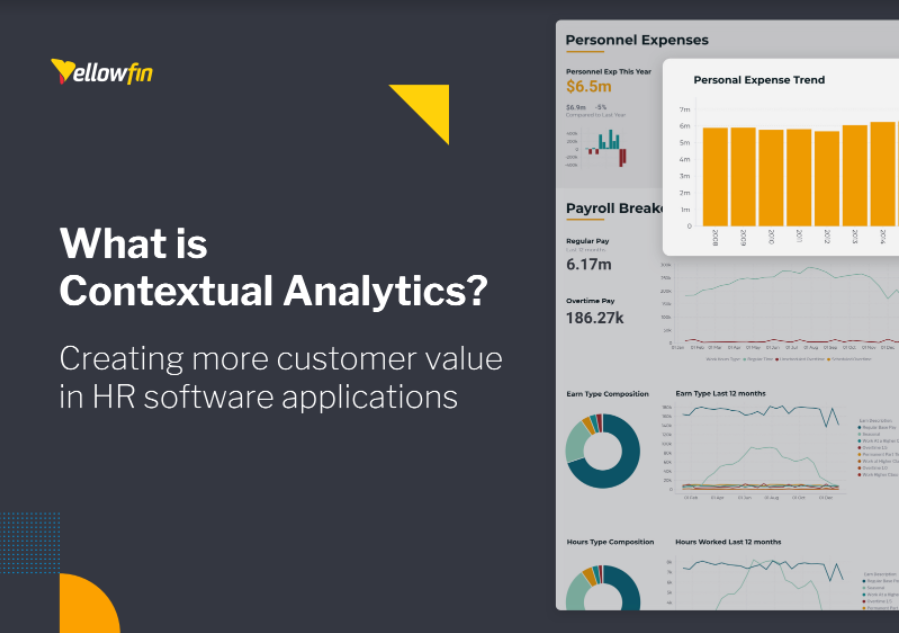
Another business department typically flush with large quantities of data is the finance department. Finance departments are responsible for bookkeeping, managing cash flow, budgets and forecasting, sourcing long-term investments, and managing taxes. These are its day-to-day tasks, but it’s also responsible for analysing all the financial data generated by the business’ operations and providing reports to guide the decisions of managers and executives.
Financial cloud analytics solutions like Oracle Cloud include powerful, ready-made algorithms and analytical tools for businesses to use as needed. The raw processing is performed by powerful machines in data centers that have been custom-built to power through billions of data points in mere hours. Thus, even small businesses can gain greater insight from their financial activities.
Get the ITPro daily newsletter
Sign up today and you will receive a free copy of our Future Focus 2025 report - the leading guidance on AI, cybersecurity and other IT challenges as per 700+ senior executives

Research and development (R&D)
For businesses in pharmaceuticals, life sciences, biotech, consumer technology, and more, research and development departments have the important role of discovering innovative new products for consumers. What bridges the gap between the research (data collection) and development (data application) is, of course, analytics.
Most businesses recognise the value in a dedicated R&D department, but historically the costs prohibited all but the largest from doing so. Cloud analytics platforms allow even small businesses to set up an R&D centre that can process huge amounts of data in record time and for little cost.
Information technology (IT)
IT departments are well placed to take advantage of cloud analytics. In addition to having the technical expertise, they have multiple means of collecting valuable information on how employees use the various applications and tools at their disposal.
Cloud analytics provide a way for IT departments to organise and understand that data, offering numerous benefits. Trends in application use data may point to potential security threats, for example, or highlight new ways to reduce operational costs.
Features and benefits of cloud analytics

Scalability
Cloud analytics, and cloud computing in general, provides greater scalability to businesses, enabling them to increase (or decrease) the level of processing power and storage as necessary. Historically, this couldn’t be done easily, as businesses had to purchase (and sell off) their own machines—a cost-ineffective process.
As a business’ data analytics needs grow, they need only request additional processing power.
Flexibility
Cloud analytics providers typically offer numerous ways for businesses to analyse their data, with specific algorithms designed to uncover trends in a wide variety of datasets. As a result, businesses can pick and choose the algorithms that matter to them most, without having to worry about the expense of developing them.
It also dramatically increases the number of questions businesses can ask about their data and thus the insights they can glean.
Cost
Cloud providers offer top-tier infrastructure at a dramatically-reduced cost, passing along economies of scale to businesses. Subscription-based models also enable businesses to move from the capital expenses of purchasing costly machines to operational expenses, bringing certain tax and cash flow benefits.
Security
Cloud analytics companies typically offer robust security to meet or exceed on-premises solutions. For example, Amazon Web Services (AWS), a popular cloud computing solution with powerful analytics software, provides a range of security measures including identity and data access management, threat detection, data protection, incidence response, and guaranteed compliance.
Collaboration and connectivity
Cloud platforms tend to allow for greater collaboration, as the data and software are decentralised, easily accessible from a desktop, tablet, or mobile app, and can be used by any number of individuals at once.
Additionally, modern cloud analytics solutions usually offer a variety of integrations—seamless connections to third-party software your business may already be using, including CRM like Salesforce and financial suites like Freshbooks or Quickbooks.
How much do cloud analytics solutions cost?

Like cloud computing more generally, cloud analytics solutions vary widely in cost, although cloud analytics giants like Google Cloud and Amazon Web Services offer very cost-effective packages for businesses of all sizes. Typically, you’ll only pay for processing power and operations as you use them.
RELATED RESOURCE
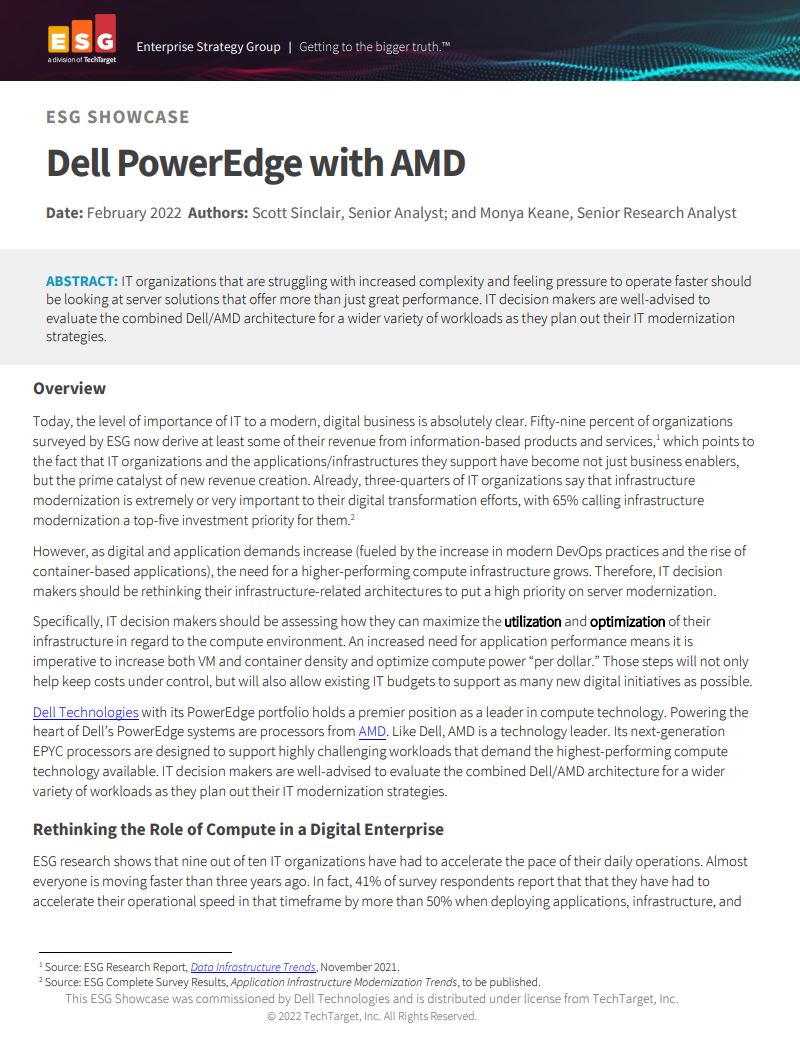
Dell PowerEdge with AMD
IT applications and infrastructure are the prime catalyst for new revenue creation
For example, Google’s Big Query costs per TB of data read from your database, with the first 1TB per month free. Its Dataflow analytics software is priced per “dataflow processing unit,” which roughly translates to the number of operations run per hour. You can take advantage of Google’s pricing calculator for a better idea of your monthly costs.
Many small analytics companies offer simple subscriptions. SAP Analytics Cloud, for example, has a Business Intelligence plan for £27 a month. It includes a variety of data connections, pre-built data modeling, discovery and exploration, advanced analytics, live data connectivity, and more.
Small businesses with lighter analytics needs can expect to pay up to £80 a month. Enterprise companies requiring advanced, data-heavy, power-hungry analytics may pay thousands, even tens of thousands of pounds a month.
Cloud analytics FAQ
We've answered some of the most frequently-asked questions about cloud analytics below.
Why do analytics in the cloud?
There are many advantages to doing your business analytics in the cloud. It’s typically cheaper than acquiring on-premises infrastructure, with more flexible pricing. Security is superior and built-in, and you can rapidly scale up or down as necessary.
Cloud analytics providers also offer a wide range of analytics and algorithms, plus customer and technical service agents to help you make the most of your data.
Which cloud is best for data analytics?
There is no “best cloud” for data analytics, although there are some that stand out. Microsoft Azure, Amazon Web Services, and Google Cloud are all cloud computing heavy-hitters that offer cost-effective analytics solutions. The level of processing power, cloud storage, and diverse analytics and algorithms available to businesses is unmatched, making these an excellent choice for most companies.
What is “Big Data”?
Big data refers to the particularly large amounts of data collected by many businesses, typically to understand customer behavior. Like “Big Pharma,” it can also mean companies whose business model is based on collecting, analysing, and exploiting such data, like Facebook and Google.
What are the key objectives of data analytics?
The key objective of data analytics is to uncover patterns and trends in data, which can then be used to learn more about the world, inform decision-making processes, and drive policies.
It hinges on the assumption that data is structured, not random, and that with sufficient processing power, that structure can be understood and exploited.
Main takeaways
- Cloud analytics leverages cloud computing power to provide scalable, cost-effective data analytics solutions to businesses, governments, and others
- In cloud analytics, data stored in the cloud, on-premises, or both, typically in the form of a database, is read and passed through any number of algorithms designed to organise it and expose trends and patterns
- A variety of departments can benefit from cloud analytics, including sales and marketing (to understand customer behaviour), IT departments (to understand employee behaviour), and finance departments (to understand business processes)
- Cloud analytics solutions offer scalability, flexibility, lower costs, improved security, easier collaboration, and greater connectivity
- Cloud analytics solutions vary in cost depending on your needs, although many SMBs won’t need to spend more than a few dollars a month for even advanced analytics, and may spend as little as $20 or $30 for basic analytics
Further reading
Beyond cloud analytics, there are a number of reasons for businesses to switch to cloud computing. The best cloud computing services offer cost-effective ways to store, manipulate and analyze data, plus a variety of other tools such as IaaS, PaaS and SaaS.
Christian is a freelance writer and content project manager, with over six years' experience writing and leading teams in finance and technology for some of the world's largest online publishers, including TechRadar and Tom's Guide.
-
 Bigger salaries, more burnout: Is the CISO role in crisis?
Bigger salaries, more burnout: Is the CISO role in crisis?In-depth CISOs are more stressed than ever before – but why is this and what can be done?
By Kate O'Flaherty Published
-
 Cheap cyber crime kits can be bought on the dark web for less than $25
Cheap cyber crime kits can be bought on the dark web for less than $25News Research from NordVPN shows phishing kits are now widely available on the dark web and via messaging apps like Telegram, and are often selling for less than $25.
By Emma Woollacott Published
-
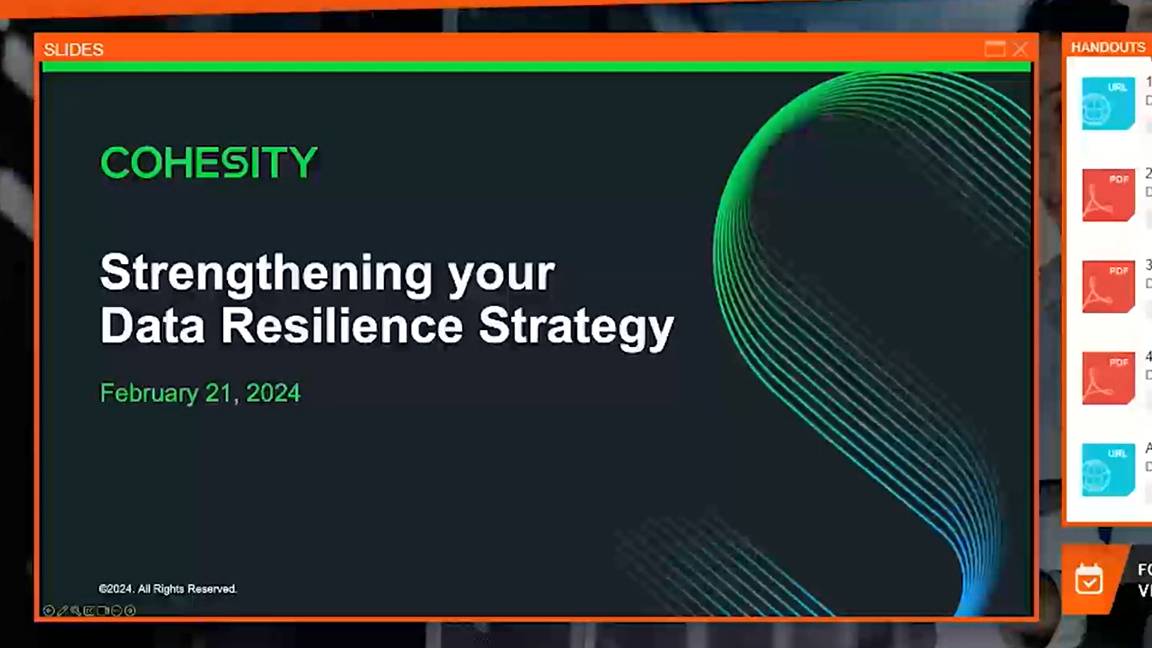 Strengthening your data resilience strategy
Strengthening your data resilience strategywebinar Safeguard your digital assets
By ITPro Published
-
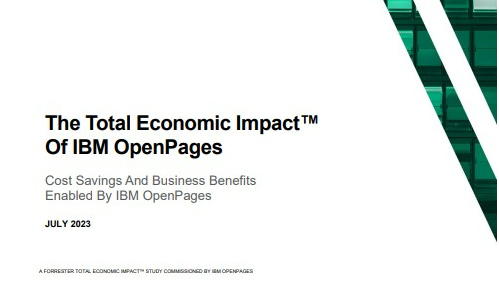 Forrester: The Total Economic Impact™ Of IBM OpenPages
Forrester: The Total Economic Impact™ Of IBM OpenPageswhitepaper Cost savings and business benefits enabled by IBM OpenPages
By ITPro Last updated
-
 More than a number: Your risk score explained
More than a number: Your risk score explainedWhitepaper Understanding risk score calculations
By ITPro Published
-
 What is small data and why is it important?
What is small data and why is it important?In-depth Amid a deepening ocean of corporate information and business intelligence, it’s important to keep things manageable with small data
By Steve Cassidy Published
-
 Google Ad Manager knocked offline for more than three hours
Google Ad Manager knocked offline for more than three hoursNews The incident prevented publishers from automatically exchanging their ad inventories, potentially causing big losses for those affected
By Rory Bathgate Published
-
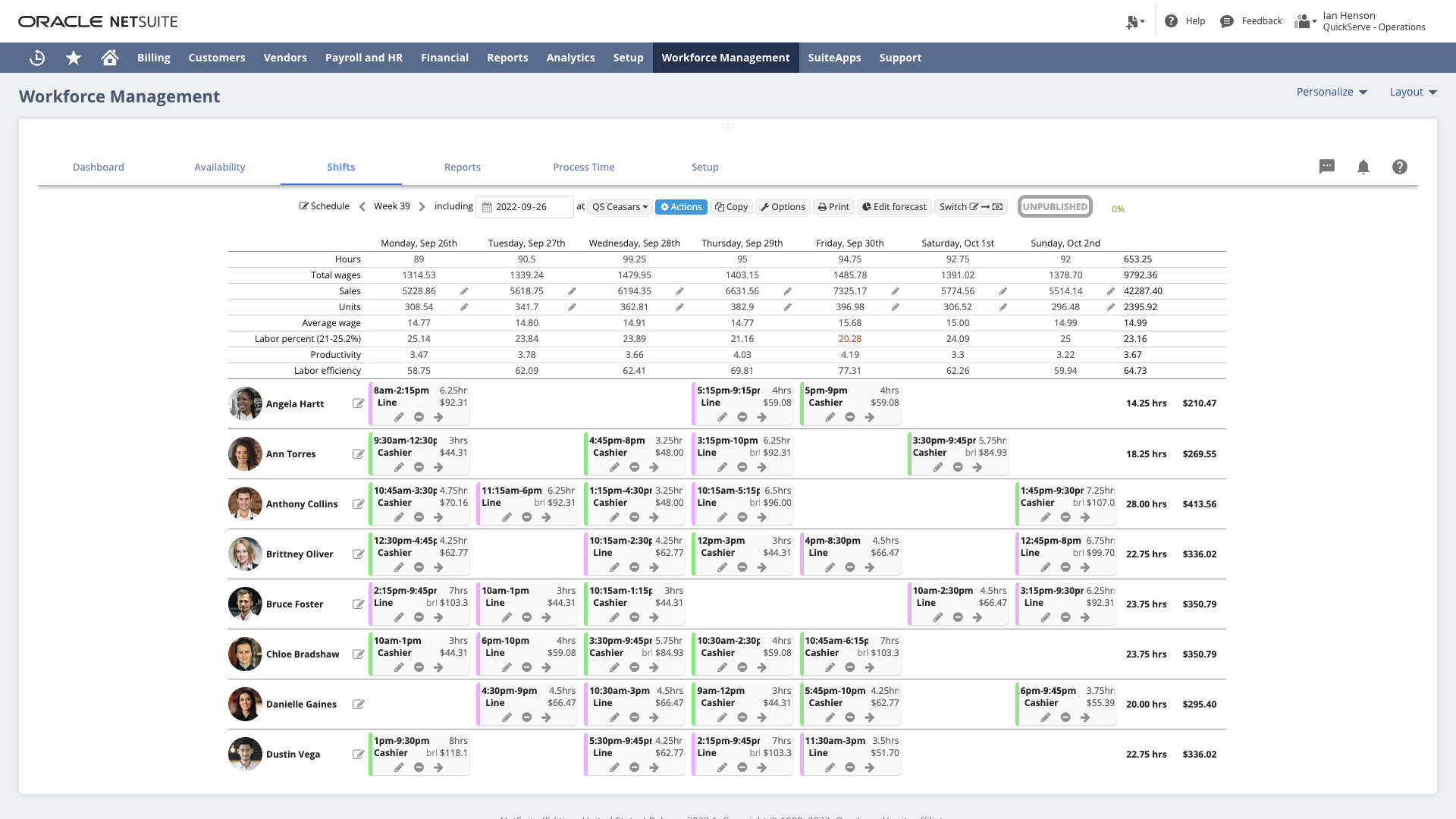 NetSuite launches SuitePeople tools for automating schedules and tracking attendance
NetSuite launches SuitePeople tools for automating schedules and tracking attendanceNews SuitePeople Workforce Management aims to give companies greater oversight and control of their workforces, as well as live metrics
By Rory Bathgate Published
-
 Talking to a business should feel like messaging a friend
Talking to a business should feel like messaging a friendWhitepaper Managing customer conversations at scale with the WhatsApp Business Platform
By ITPro Published
-
 IBM ramps up sustainability efforts with Envizi acquisition
IBM ramps up sustainability efforts with Envizi acquisitionNews The company is aiming to help customers better measure their environmental impact
By Zach Marzouk Published